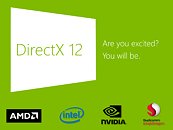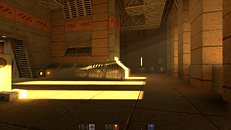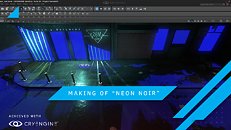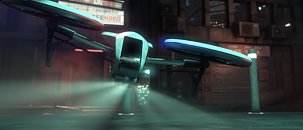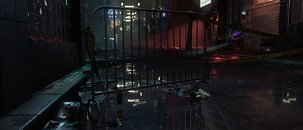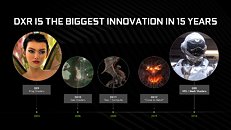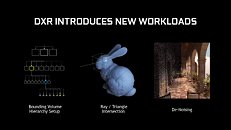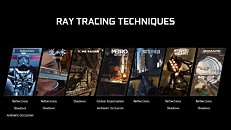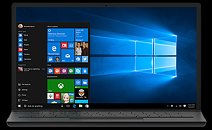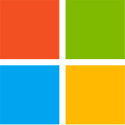
Microsoft Details DirectX Raytracing Tier 1.1, New DirectX 12 Features
Microsoft detailed feature additions to the DirectX 12 3D graphics API, and an expansion of its DirectX Ray-tracing (DXR) API to Tier 1.1. The updated APIs will be included with the Windows 10 major update that's scheduled for the first half of 2020 — the features are accessible already for developers in Windows Insider preview builds. DXR 1.1 is the first major update to the API since its Q4-2018 launch, and adds three major features. To begin with, it brings support for extra shaders to an existing ray-tracing PSO (pipeline-state object), increasing the efficiency of dynamic PSO additions. Next up, is ExecuteIndirect for Raytracing support, described by Microsoft as "enabling adaptive algorithms where the number of rays is decided on the GPU execution timeline." This could be a hint what to expect from NVIDIA's next-generation GPUs that are expected for next year. Lastly, the API introduces support for Inline Raytracing, which gives developers more control over ray traversal and scheduling.
Over in the main DirectX 12 API, Microsoft is introducing support for Mesh Shaders, which brings about systemic changes to the graphics pipeline. "Mesh shaders and amplification shaders are the next generation of GPU geometry processing capability, replacing the current input assembler, vertex shader, hull shader, tessellator, domain shader, and geometry shader stages," writes Microsoft in its blog post. DirectX Sampler Feedback contributes toward memory management by allowing games to better understand which texture assets are more frequently accessed and need to remain resident.
Over in the main DirectX 12 API, Microsoft is introducing support for Mesh Shaders, which brings about systemic changes to the graphics pipeline. "Mesh shaders and amplification shaders are the next generation of GPU geometry processing capability, replacing the current input assembler, vertex shader, hull shader, tessellator, domain shader, and geometry shader stages," writes Microsoft in its blog post. DirectX Sampler Feedback contributes toward memory management by allowing games to better understand which texture assets are more frequently accessed and need to remain resident.
